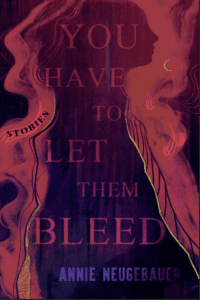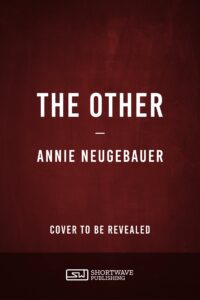Originally posted on December 15, 2010 at 4:25 PM
Vampires and zombies! Ah, the age-old debate.
I’m going to go ahead and say now that I’m not an expert… more like a well-educated fanatic. I know more about vampires than zombies, and won’t try to hide that I favor vampires over zombies – although I absolutely adore both. I’ve written college essays over vampires. I’ve done in depth research about both, from pre-written folkloric history of the myths to contemporary literature and movies. So I can’t pretend to know it all, but I will say that I know a lot. In fact, I think I know too much to be contained in one blog. Instead, I’ll make a little mini-series about it. How does that sound? (Before you scaredy-cats go running, trust me when I say that even if you don’t enjoy watching/reading zombie/vampire literature and movies, there is still a lot to learn from the myths and what they’re saying.)
To start with, let’s talk about the fact that the distinctions between vampires, zombies, ghosts, ghouls, and revenants weren’t always so clear-cut. In general, in the times of spoken legend and myth, there were “monsters.” Any and all living come back as the dead were terrifying, believed to be real, and sort of all the same. Ghosts, vampires, and zombies all tended to come back for loved ones to torture them and perhaps take a sip or a nibble. In fact, vampires used to not only drink blood, but eat flesh. What differentiates that from a zombie? Well, before the pop culture concept of zombies being virus-caused, which I’ll get into later: nothing.
Now, ghosts didn’t necessarily have corporeal bodies, but they could be seen to have bodies, even if they couldn’t touch. And truly, they could touch, according to some beliefs. Ghosts could inflict bodily harm just as a vampire or ghoul could. In fact, ghosts sometimes visited in people’s dreams to drain the life from them, much like our modern concept of the incubus and succubus (vampires). Again: blurry lines.
The Haitian zombie, also known as the Voodoo zombie, and the West African zombie, also known as the Vodun zombie, were thought to be brought back to life by evil magic. This is not at all unlike the Romanian and Romani vampire, which were thought to be brought to back by the dead having caused some evil crime during life. Both were thought to crawl out of their graves at night. Both were thought to feast on the living. Different cultures, such as the ones listed above, have become stereotypes or prototypes for the ancient versions of these myths, but they are by no means the only sources or the only versions. And when one removes the cultural distinguishers such as the type of religion, the race of the dead, the type of evil/magic, and the setting… well, the very first zombies and vampires become pretty much interchangeable, don’t they?
In Sex and Death in Victorian Literature, Regina Barreca states that “[a]s revenants, the once-living returned, vampires and ghosts were originally scarcely distinguishable. The first use of vampire the Oxford English Dictionary records, in 1734, defines them as ‘evil spirits’ who animate the ‘Bodies of deceased persons.’ Only gradually did vampires lose their identification with the human world to acquire the menace of a separate species.”
Next up in the discussion: the separation and popularization of both myths. Until then, interested in further reading? There’s always Wikipedia, but here are a few of my faves (some to learn from and some to disagree with):
• Auerbach, Nina. Our Vampires, Ourselves. Chicago: The University of Chicago P, 1995.
• Barreca, Regina. Sex and Death in Victorian Literature. Ed. Regina Barreca. London: The Macmillan P Ltd, 1990.
• Gilbert, Sandra M., and Susan Gubar. The Madwoman in the Attic: The Woman Writer and the Nineteenth-Century Literary Imagination. New Haven: Yale UP, 1984.
• Twitchell, James B. The Living Dead: A Study of the Vampire in Romantic Literature. Durham: Duke University P, 1981.
• Williams, Anne. The Art of Darkness: A Poetics of Gothic. Chicago: The University of Chicago P, 1995.
Be sure to check out the other posts in the series:
Vampires and Zombies, part II: the popularization of vampires (in western culture)
Vampires and Zombies, part III: the popularization of zombies (in western culture)
Share this:




